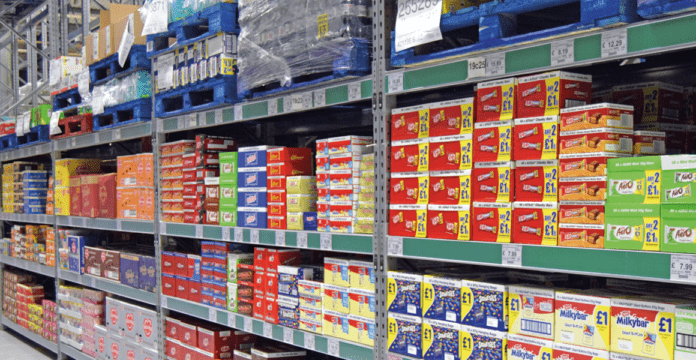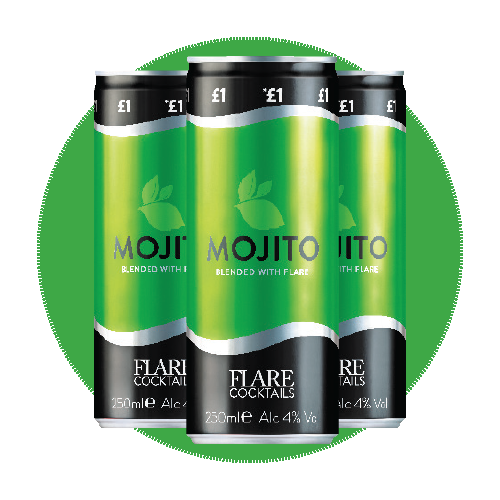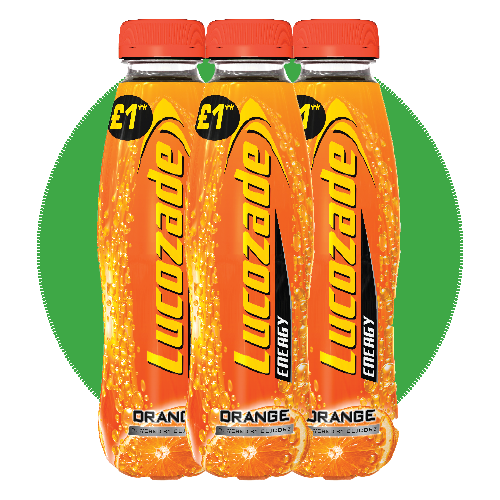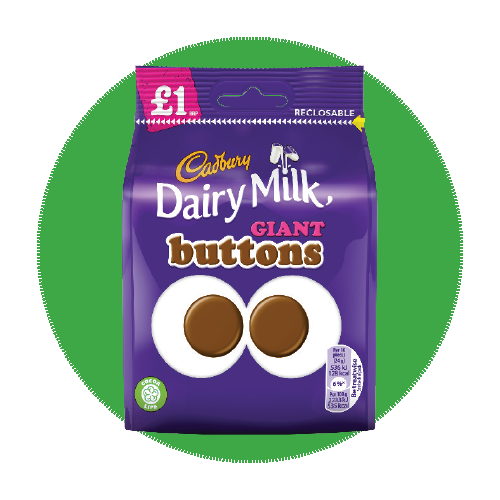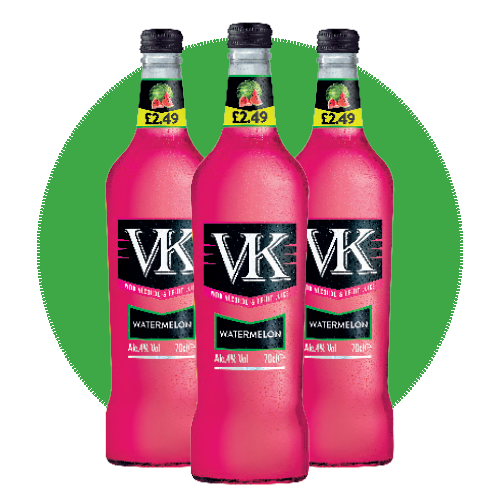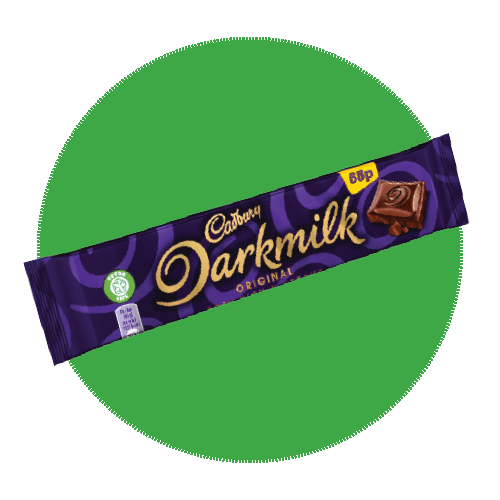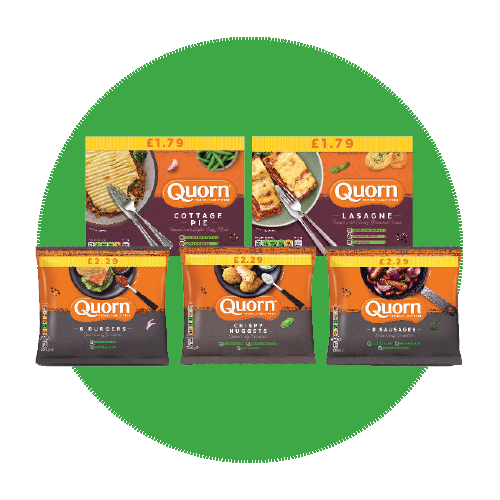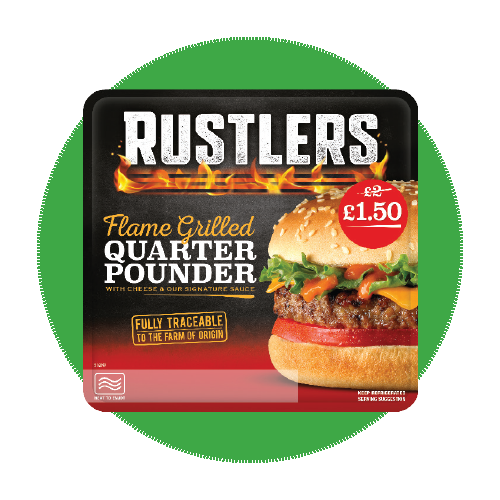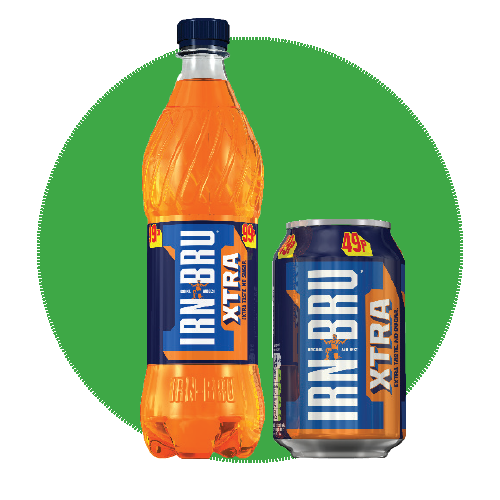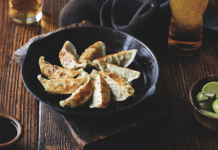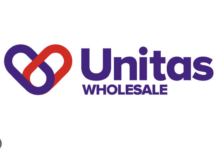Toby Hill looks at the role of price-marking in the channel and why retailers and their shoppers need them
The success of price-marked packs was never entirely predictable. Targeted at independents, they risked stripping the very flexibility to adjust to local circumstances that gives these stores their advantage. Margins would be decided at a national level, and fixed in ink on the retailers’ shelves.
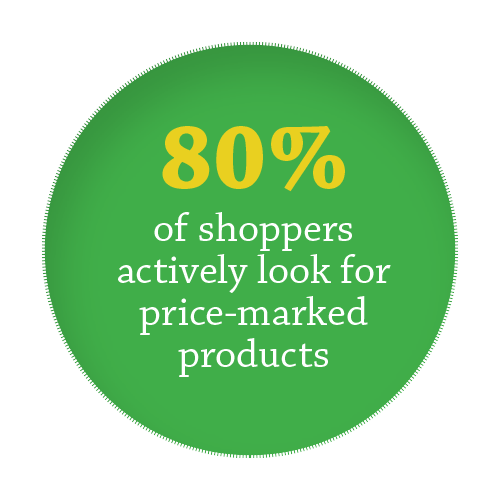 Ultimately, though, the benefits have more than outweighed the disadvantages. Independent retailers are now pretty much unanimous in welcoming any expansion in price-marking’s availability.
Ultimately, though, the benefits have more than outweighed the disadvantages. Independent retailers are now pretty much unanimous in welcoming any expansion in price-marking’s availability.
The stats back up their enthusiasm: four in five consumers seek out price-marks, while three in five believe they offer better value for money, according to research by Him!.
Suppliers agree, too. “Not only are they seen to provide value, but they also help attract the consumer’s attention on the shelf and influence purchases,” says Thomas Bennett, trade marketing controller at Global Brands.
Their undisputed success means suppliers are developing their price-marked range at a rapid pace. In this guide, we look at the categories that have experienced the biggest evolution in recent months, and outline advice for wholesalers on how to harness price-marking to make the greatest possible difference to sales.
Shifting soft drinks
As one of the leading impulse categories, price-marking plays a crucial role in sales of soft drinks. Shoppers are increasingly proactive, aware that the price of a can of cola can vary widely from one store to another – and they increasingly take the absence of a price-mark as a sign it’s likely to be inflated.
“With the growing emphasis on price comparison, shoppers have become savvier than ever when it comes to cost,” says Adrian Troy, marketing director at Barr Soft Drinks. “Price-marking provides a simple and visible way of demonstrating value to shoppers.”
Barr has extended PMPs across its range, including Irn-Bru, Rubicon, KA, Barr and Rockstar.
“We also use price-marked packs incorporating an additional multi-buy element,” Troy continues. “This benefits retailers as it encourages additional purchase while still delivering profit, and shoppers feel like they are getting even better value.” Such multi-buy price-marking has been used successfully across the Barr portfolio.
Other suppliers also embrace price-marking, seeking to extend it across their product range.
“We know that price-marked soft drinks have a faster rate of sale than plain packs, and this rate has increased in the past year,” notes Scott Meredith, sales director at Lucozade Ribena Suntory.
Meredith adds that while Lucozade’s impulse-friendy 380ml and 500ml bottles are particularly responsive to price-marking, PMPs are also vital on larger-format sizes, as people increasingly do their grocery shopping at their local store.
“As well as stocking a full range of price-marked cases, wholesalers should make sure their customers can choose from a range of format options to suit their shoppers. Larger-format soft drinks, such as 1l, are perfect to take home,” he says.
A veggie sales advantage
Trends in consumer priorities are moving more people towards vegetarian and vegan alternatives, with customers increasingly aware of the health and environmental benefits of quitting meat.
At the same time, shopping habits are moving people away from weekly ‘big shops’ in the multiples towards more frequent, top-up shops in local stores.
These trends work together to provide sales opportunities for wholesalers who step up their stocks of veggie and vegan alternatives – particularly in the PMPs that independent stores rely on to boost their competitiveness with the multiples.
It’s an opportunity that suppliers are working hard to capitalise on. “Quorn is the fastest-growing food brand in the UK’s top 50, with its range of price-marked packs playing a key role,” says Gary Routledge, Quorn Foods national account manager.
He highlights Kantar stats showing 15% year-on-year sales growth in the frozen meat category, now worth more than £193m.
Quorn’s core range encompasses five products: Crispy Nuggets, Sausages and Burgers, all price-marked at £2.29; and Quorn Cottage Pie and Lasagne, price-marked
at £1.79.
“It’s important to stock products such as nuggets, burgers and sausages as these make the introduction to meat-free really simple,” Routledge adds. “With meat-free one of the fastest-growing categories in frozen, wholesalers can use Quorn as a beacon brand for their ‘meal for tonight’ offer.”
Adding to alcohol’s appeal
One area that has witnessed rapid recent growth in the availability of PMPs is alcohol. Retailers note a positive effect on turnover.
“We now have price-marked alcohol and it’s made a big difference to sales, especially of spirits,” says Philip Herring, owner of Shiphay Post Office and Stores in Torquay, Devon.
Alcohol supplier Global Brands has been quick to capitalise on the selling power of price-marking.
Its range focuses on ready-to-serve cocktails, an impulse purchase that experiences a significant boost from price-marking, according to Bennett. “We have a number of products in a PMP format, which we find benefits sales,” he says.
“Our ready-to-serve Flare Cocktails are exclusive to independent retailers, ensuring they can offer a point of difference compared to the multiples.” Flare Cocktails – in Mojito, Cosmo and On the Beach varieties – are available in 250ml cans, price-marked at £1.
Global Brands also offers larger 70cl bottles in price-marked packs, Bennett adds, where the price-marking helps drive impulse sales, particularly among student shoppers.
Sweeter confectionery sales
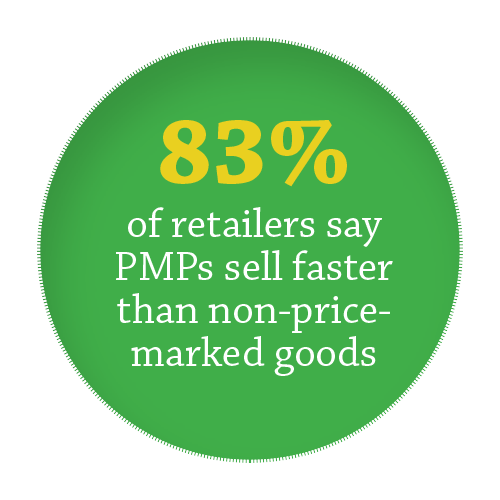 Another crucial impulse category for independent retailers is confectionery,
Another crucial impulse category for independent retailers is confectionery,
so it’s no surprise to find that this is an area in which PMPs make a big difference.
“The chocolate bars in £1 packs do really well, as do bags of sugar confectionery,” says Seann Sykes, who works at Denmore Premier in Rhyl, North Wales.
One confectionery supplier that has listened to retailer needs is Storck, manufacturer of Werther’s Original.
“Price-marked packs are the number- one requested promotional mechanic by retailers in impulse because of their perceived value, speed of sale, convenience and shopper trust,” says Andy Mutton, the firm’s managing director.
The company is aiming to capitalise on consumer trends towards healthier products with a new price-marked sugar-free variety.
“Consumers are becoming more and more health conscious, so there is no better time to launch Werther’s Sugar Free PMPs into the market,” Mutton adds.
He notes that, with many shoppers looking to get into shape and eat more healthily through the first months of the new year, wholesalers should have built low-calorie displays, and encouraged retailers to do the same.
Retailer viewpoints

Price-marking is hugely important for us – we always try and go for it over non-price-marked alternatives. It’s the best way to demonstrate value for money to shoppers and enables us to compete with the supermarkets. £1 price-marked bags of crisps are very popular, and it makes a big difference to teas, coffees and biscuits, too.”

“I try to stick to price-marked packs wherever I can. It reassures customers and they’re more likely to pick it off the shelf. I use it on everything from sandwiches to cereal and always look out for it when I go to the cash and carry. The more items wholesalers have price-marked, the better for me.”

“Price-marked packs are becoming less important for us, although it’s difficult to determine whether that’s because they’re less desired by the customer, or because we’ve moved away to more specialist products to get better margins. They remain vital on our range of value products, though.”

“I think location dictates when it comes to price-marked: the more affluent the area, the less important it is. We’re in a semi-rural spot and people are looking for bargains, so it definitely has an impact. For us, the increased sales and customer loyalty more than make up for any lost freedom to choose our margins.”
Product news
Supplier viewpoint

trade marketing controller,
Global Brands
“Impulse is at the heart of convenience and independent shopping, and price-marking suits that demand.
“At Global Brands, we have five VK flavours in 70cl bottles, price-marked at £2.49; our 70cl Hooch is price-marked at £3.29; and Flare Cocktails, our range of 250ml RTS pre-mix cocktails, are price-marked at £1.
“We particularly notice the difference made by combining price-marking with point-of-sale material. We offer a range of PoS items from talkers, barker cards, FSDUs and posters. Positioning seasonal products on promotional bays and gondolas is also a great way to drive sales. Wholesalers can make use of these sales techniques, signposting to retailers how they can do the same.”
Takeaway points
1. Location matters – Most retailers say they’d prefer wholesalers to stock price-marked on as many products as possible – the exception being those serving more affluent neighbourhoods.
2. Going meat-free – Several trends, including health and environmental awareness, are pushing consumers towards meat-free alternatives. Clear price-marking can help catch those sales.
3. Mixing up cocktail sales – Retailers report that alcohol sales respond well to price-marking, and this is especially true for strong impulse lines such as cans of pre-mix cocktails.
4. Sugar-free sweets – Confectionery manufacturers are working to meet demand for healthier products by creating sugar-free alternatives. Price-marking can help convince consumers to give them a go.
5. Soft drink certainty – Often seen by convenience retailers as the most important impulse purchase, customers increasingly expect on-the-go soft drinks
to be price-marked.
